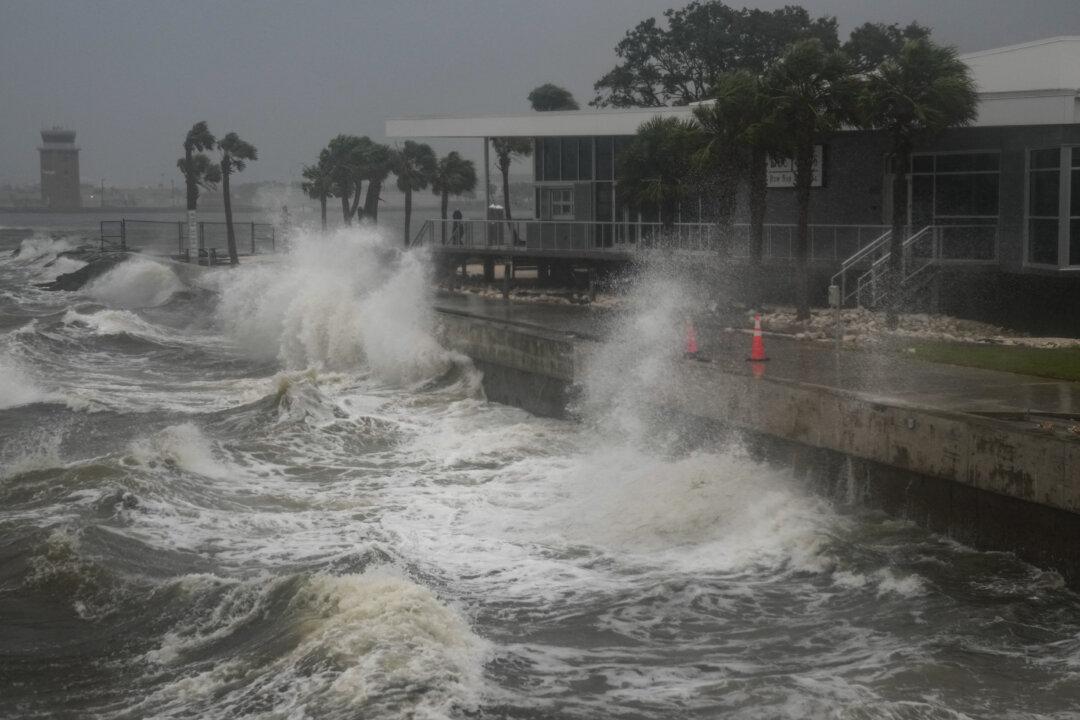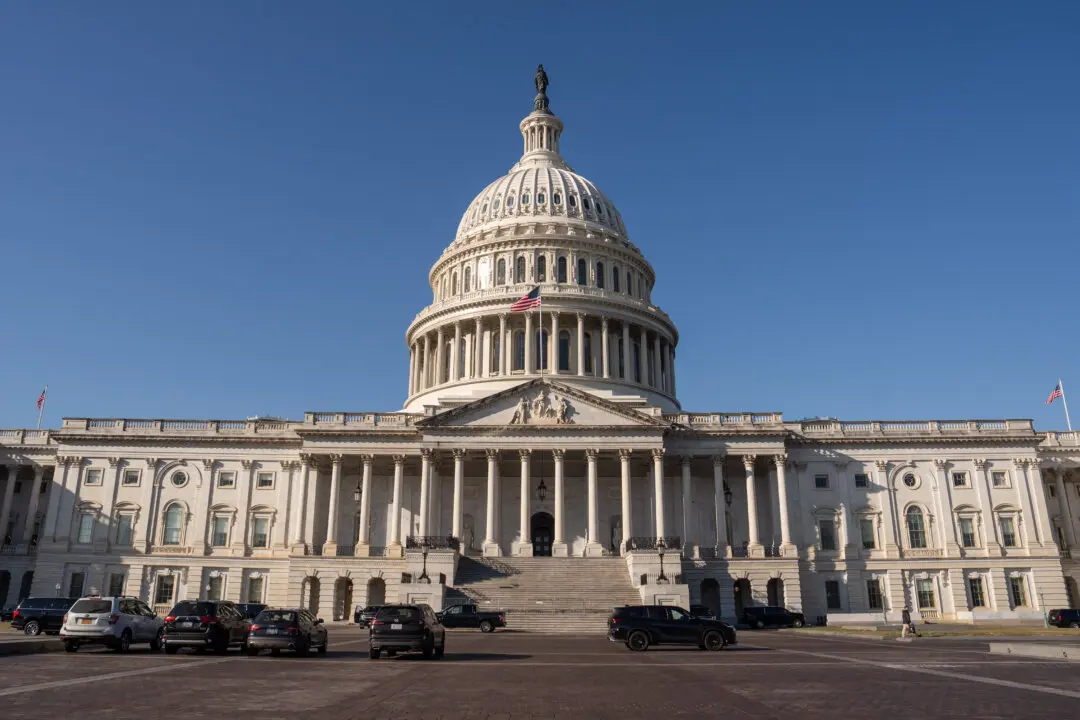TAMPA, Fla.—Millions of displaced evacuees are bunkered inland. And more than 50,000 electrical linemen; 34 search-and-rescue teams; and thousands of National Guard soldiers, law enforcement officers, and first responders from more than 20 states are entrenched, poised to face a monster unlike any seen in Florida for decades.
As of mid-afternoon Oct. 9, the outer bands of Hurricane Milton were battering central Florida with increasingly heavy rains and thunderstorms sprouting strings of tornado alerts, the opening salvos of what will be a long night’s journey to a day that dawns on a violently reshaped landscape.




